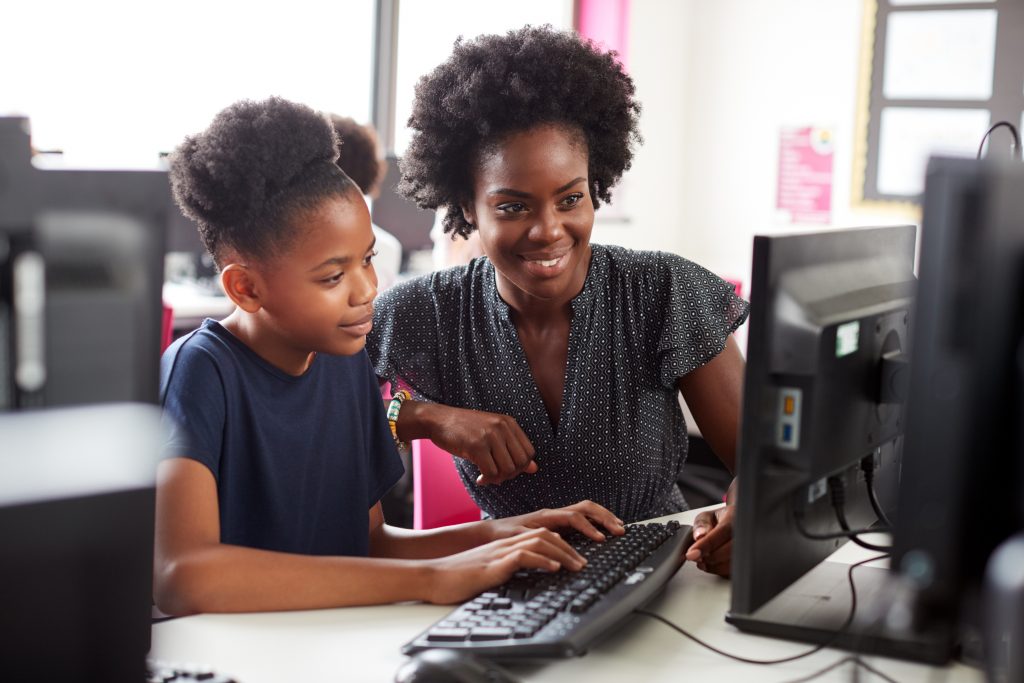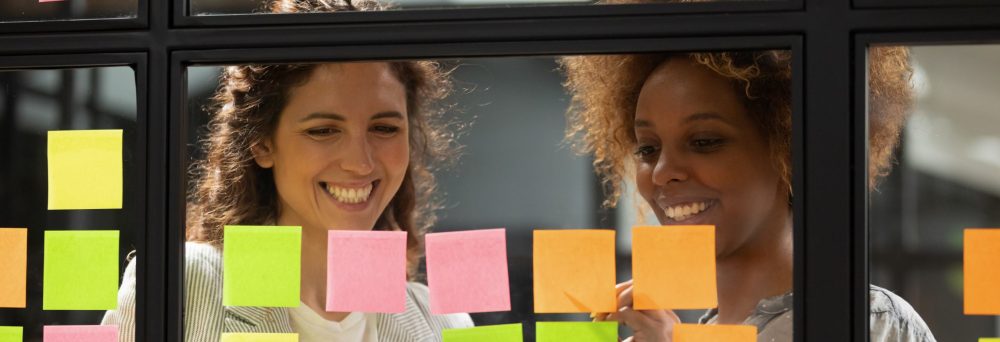As the world marks International Literacy Day 2021, Esther Prins considers what it would mean to narrow the digital divide and how we can foster a more creative and critical use of technology for all

The COVID-19 pandemic has exposed stark inequalities in access to educational opportunities, particularly those requiring digital technologies. The 2021 International Literacy Day theme, Literacy for a human-centred recovery: Narrowing the digital divide, offers a chance to reflect on digital access and why it matters for human potential.
When we hear about the ‘digital divide’, we typically think of having a smartphone, other mobile devices or a computer, plus reliable and affordable internet. But access involves much more than these physical resources. In this post, I discuss more complex ways of conceptualizing access. We cannot close the digital divide only by increasing broadband internet, technology ownership and technical know-how. Youth and adults must also be able to use digital tools creatively, critically and strategically to produce new knowledge. Continue reading

